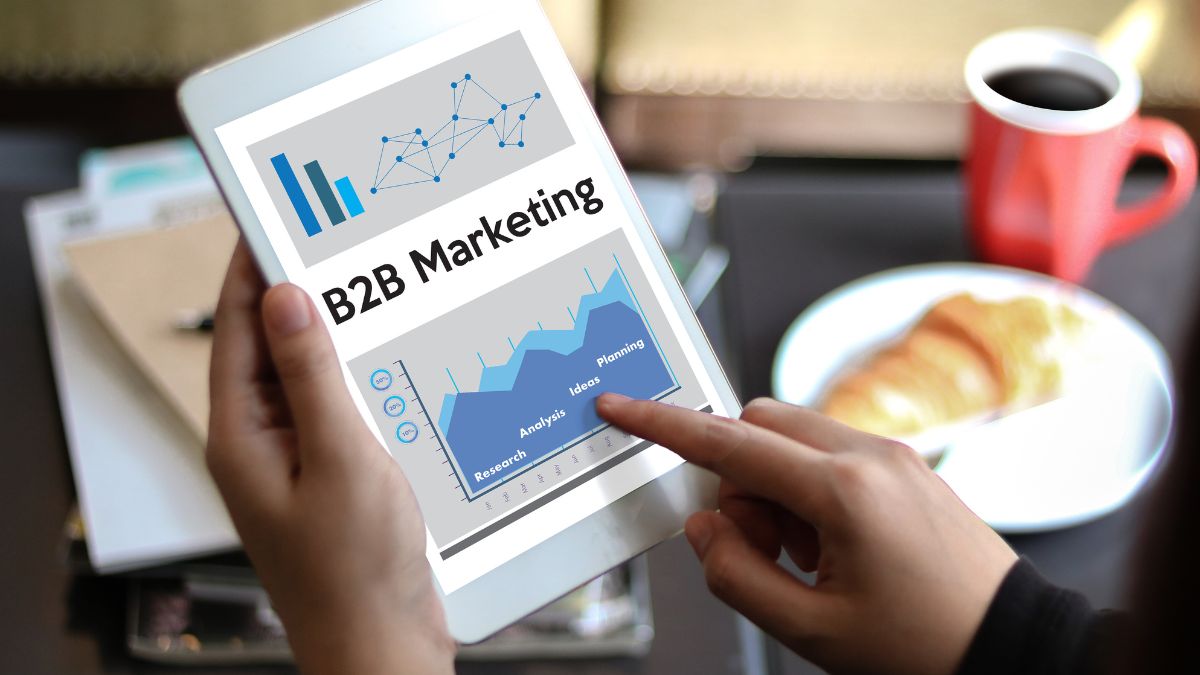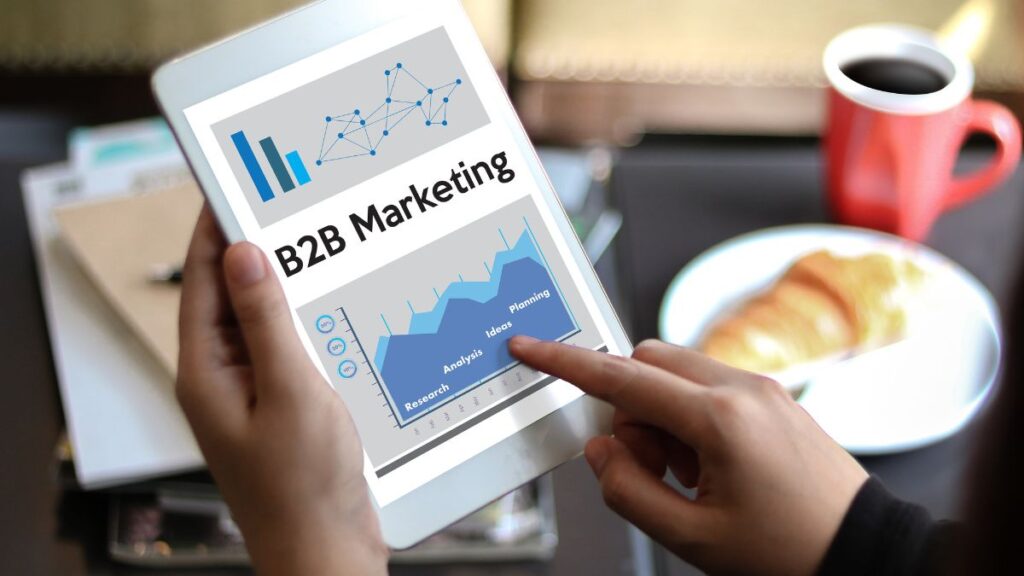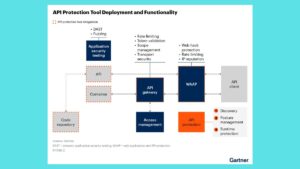3 Game-Changing Hyper Automation Facts for B2B Marketers


In the fast-evolving landscape of B2B marketing, hyper automation has emerged as a transformative force, reshaping how businesses engage with customers, optimize operations, and drive growth. This blog delves into three crucial facts about hyper automation that every B2B marketer should know, highlighting its impact, benefits, and implementation strategies.
Fact 1: Streamlined Customer Journey Orchestration
Hyper automation integrates advanced technologies such as artificial intelligence (AI), machine learning (ML), and robotic process automation (RPA) to streamline and optimize the entire customer journey. From lead generation and nurturing to sales conversion and post-sales support, automation tools enhance efficiency by automating repetitive tasks, personalizing interactions, and delivering timely, relevant content to prospects.
Benefits:
- Personalization at Scale: AI-driven algorithms analyze customer data to deliver personalized experiences and recommendations.
- Improved Conversion Rates: Automated lead scoring and nurturing processes ensure timely follow-ups, increasing the likelihood of conversion.
- Enhanced Customer Satisfaction: Seamless interactions and tailored communications foster stronger customer relationships.
Fact 2: Data-Driven Decision Making
Hyper automation empowers B2B marketers with actionable insights derived from real-time data analysis. By harnessing big data and predictive analytics, businesses gain a deeper understanding of customer behavior, market trends, and campaign performance. This data-driven approach enables marketers to make informed decisions, optimize marketing strategies in real-time, and allocate resources effectively for maximum ROI.
Benefits:
- Predictive Analytics: AI algorithms forecast trends and customer preferences, guiding strategic planning and campaign optimization.
- Operational Efficiency: Automation tools automate data collection, analysis, and reporting, reducing manual effort and human error.
- Agile Marketing: Real-time insights enable agile adjustments to marketing campaigns, ensuring responsiveness to market changes.
Fact 3: Integration Across Marketing and Sales Functions
Hyper automation bridges the gap between marketing and sales teams, fostering collaboration and alignment throughout the customer lifecycle. Automation platforms synchronize data and workflows between departments, ensuring seamless handoffs from marketing-qualified leads (MQLs) to sales-qualified leads (SQLs). This integration enhances lead management, accelerates sales cycles, and improves overall conversion rates.
Benefits:
- Lead Nurturing Efficiency: Automated workflows nurture leads through personalized content and follow-ups, optimizing lead-to-opportunity conversion rates.
- Sales Enablement: AI-powered insights provide sales teams with valuable prospect information and behavioral data, enabling more targeted and effective sales pitches.
- Revenue Growth: Streamlined processes and improved lead quality contribute to accelerated revenue growth and business expansion.
Implementing Hyper Automation: Key Strategies
- Assess Current Processes: Identify repetitive tasks and bottlenecks in your marketing and sales workflows that can benefit from automation.
- Choose the Right Tools: Select hyper automation platforms that align with your business goals and integrate seamlessly with existing systems.
- Data Integration: Ensure data consistency and accessibility across marketing and sales platforms to enable effective automation and decision-making.
- Continuous Optimization: Monitor performance metrics, analyze results, and refine automation strategies to maximize efficiency and ROI over time.
Conclusion
Hyper automation represents a paradigm shift in B2B marketing, empowering organizations to enhance customer experiences, drive operational efficiency, and achieve sustainable growth. By leveraging advanced technologies and strategic automation, B2B marketers can stay ahead of the competition, adapt to market dynamics, and deliver measurable business outcomes.
As hyper automation continues to evolve, its potential to revolutionize B2B marketing strategies will only grow stronger. Embracing this transformative approach is not just about keeping pace with industry trends—it’s about positioning your business for long-term success in a digital-first marketplace.







